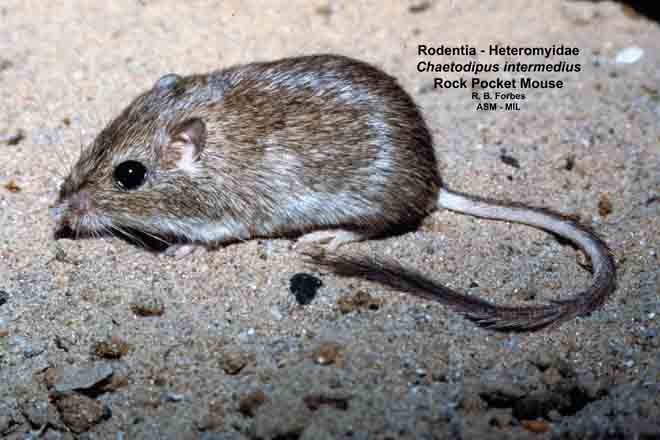

Life history traits (averages) Female sexual maturity Male sexual maturity Gestation Weaning Litter size (viviparous) Litters per year Inter-litter interval Weight at birth Weight at weaning Adult weight 11.7 g Postnatal growth rate Maximum longevity residual 83% Metabolism One wild born specimen was still living at about 5.9 years of age. 671 Sample size Small Data quality Acceptable Observations Species Perognathus amplus Common name Arizona pocket mouse Lifespan, ageing, and relevant traits Maximum longevity 5.9 years (captivity) Source ref. 7 th Edition.AnAge entry for Perognathus amplus Classification (HAGRID: 02633) Taxonomy Kingdom: Animalia A species account of the Hispid pocket mouse (Chaetodipus hispidus). NatureServe Explorer: An online encyclopedia of life. International Union for Conservation of Nature (IUCN). Kansas Mammal Atlas: Hispid Pocket Mouse. Downloadĭownload the Hispid Pocket Mouse Factsheetĭescarga la ficha de ratones de abazones crespos Other Resourcesįort Hayes State University. Management that benefits hispid pocket mice also benefit pronghorn antelope, swift fox, olive-backed pocket mice, and other species that favor intact mixed grass prairie. Other Species that Benefit from Similar Habitat Management United States, the distribution of the plains pocket mouse extends from Arizona, New Mexico. Although hispid pocket mice can be found in and near crop fields, they are generally more abundant in nearby natural habitats. in sparsely vegetated areas (Monk and Jones 1996). Specifically, avoid conversion of grasslands for agricultural and urban use or infrastructure and energy projects such as wind farms. Management Activities to Avoidĭisturbances that lead to habitat fragmentation and loss should be avoided. Hispid pocket mice are tolerant of, and sometimes benefit from fire and grazing as it maintains open environments with sparse vegetation that they prefer. As a result, noxious weed control via biological and chemical methods is a good practice. The hispid pocket mouse is vulnerable to invasive plant species which can outcompete primary food sources such as seeds from native grasses, sagebrush, sunflowers and cacti fruit. Maintain intact grasslands to provide connected habitat because the pocket mouse has limited dispersal ability. Maintain high quality grasslands with a variety of grasses to benefit the hispid pocket mouse. Range map provided by International Union for Conservation of Nature Management Activities that Benefit Species – Best Management Practices (BMPs) Hispid pocket mice are more abundant in interior prairie areas as opposed to edge plots in mixed grasslands. They are commonly found in a variety of dry grassland habitats ranging from southern North Dakota through the Great Plains to Arizona, central Mexico, and western Louisiana. The hispid pocket mouse has been known to build nests using shredded dry grasses and weeds where it is placed into a pile and compacted by sleeping on the structure. Hispid pocket mice prefer areas covered with sparse vegetation (<20%) and avoid dense and heavily vegetated areas.

They burrow in a variety of soils types that are loose, sandy, or friable. The hispid pocket mouse prefers short and mixed-grass prairie where they feed on seeds from native grasses, although, they can also be found in and near cornfields where grain is abundant. Older animals tend to build more complex burrow systems than younger animals. Hispid pocket mice store seeds in burrows for consumption during the winter.
#Arizona pocket mouse full
Hispid pocket mice remain inactive during colder winter months, however, they do not enter full hibernation. Their burrows are found under shrubs, have dirt mounds above the entrance, and are plugged with loose soil during the day. Hispid pocket mice are generally solitary animals and spend daylight hours underground in shallow burrows and venture above ground to gather food at night. Breeding occurs in the spring and summer, and the female can have several litters of 2-9 young. Pocket mice collect seeds in fur-lined cheek pouches to store underground in their burrows or on the soil surface. The tail is approximately the same length as the body. Buff to yellowish orange fur runs around the side of the head and under the eyes. Hispid pocket mice have coarse brownish-grey and black fur on the back with coarse white fur underneath separated by a lateral line.


 0 kommentar(er)
0 kommentar(er)
